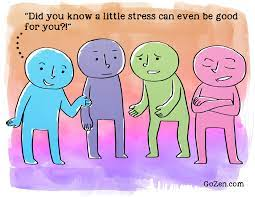'Flip Your Lid'
Using a hand model to help explain how emotions work in our brain.
In a recent professional meeting, I was encouraged to learn more about the 'flip your lid' hand model to incorporate into some of my counseling sessions with kids. Dr. Dan Siegel who is a well known contributor to the field of child psychology coined the 'flip your lid' hand model to help explain how the brain works in a more accessible way. Shown above is a child friendly resource inspired by Dr. Dan Siegel called Mineola Grows! Mineola grows has several kid friendly videos helping to explain how our emotions work and the power of the amygdala and prefrontal cortex. I have used this with a few kids in sessions and I think it really can help to empower kids and aide in their regulation.


